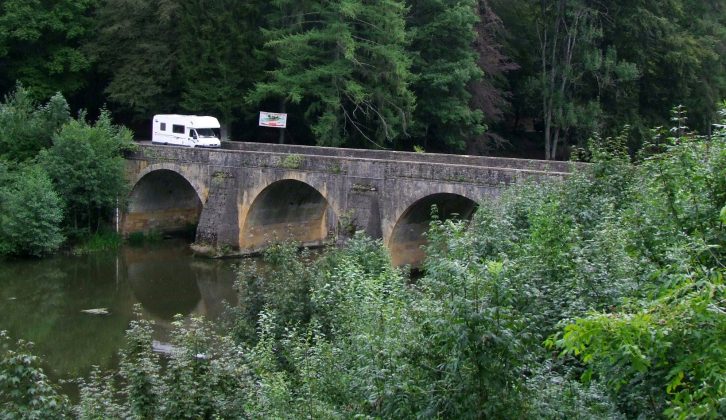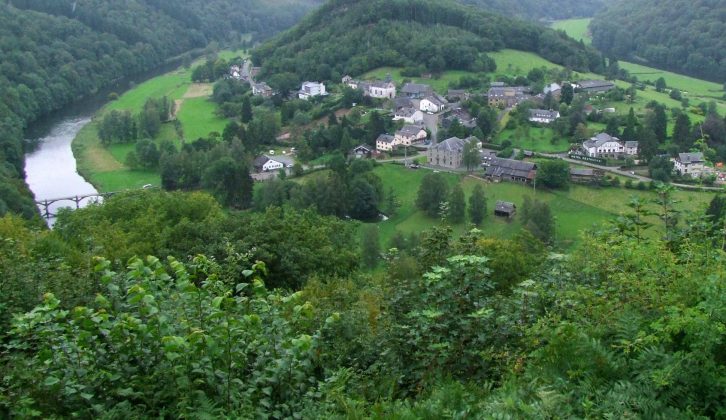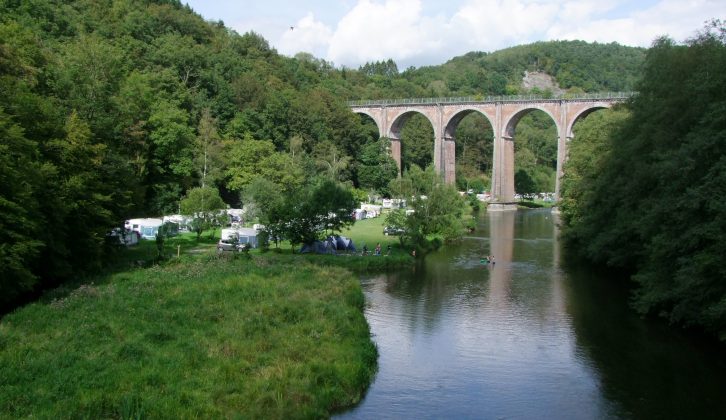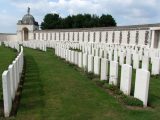Belgian beer and Belgian chocolates are world famous, and tasty as these are, there is a little more to experience in Belgium. There is nothing quite like tasting a delectable Ardennes ham, eaten in the heart of the forest, devouring a Carbonade de Boeuf in a Flemish restaurant or discovering a deliciously pongy cheese from a Wallonian farm.
For a country that once had more breweries than churches, Belgium is most definitely thronging with a cultural heritage, whether gazing at the beautiful houses of the Medieval textile merchants in Bruges, discovering art at the Rubens House Museum in Antwerp, finding out about lace in Tournai, visiting the house of Adolphe Sax, inventor of the saxophone, in Dinant or marvelling at the art and culture of Mons, European Capital of Culture for 2015.
Of course, you can become so punch-drunk with culture that the brain begins to ache. In which case, you’ll be in need of some light-hearted relief, obtainable at the Comic Strip Museum in Brussels, where you can see Belgium’s most famous ‘son’, Tintin. Or, for something different, you might prefer to hop onboard Le Crocodile Rouge, a bright red amphibious bus that explores the streets – and lakes – of Wallonia.
Your desire to visit Belgium may be to visit the Commonwealth War Graves of Flanders Fields. The town of Ypres, with its distinctive three towers and spires, is a good base from which to start a battlefields tour and hear the moving sounds of The Last Post.
In 2015 there will be many events commemorating the bicentenary of Wellington’s epic battle with Napoleon at Waterloo, ten miles south of Brussels, all focus lies on the fields that surround the Butte du Lion. Climbing the 226 steps of the Lion’s Mound will help you to see the battlefield, though the Visitors’ Centre can provide some of the history.
Don’t miss out, however, on the countryside of Belgium. The silent world of the forested Ardennes is truly picturesque and a popular area for camping. With quiet roads, it’s ideal for motorhome touring. And for those in need of true rest and relaxation, you’ll need to visit the town of Spa, a place so famous for centuries as a health resort that it gave its name to all other spas in the world.
in Bruges you’ll see secret gardens, beautiful bridges and the rather lovely facades of incredible buildings
Things To Do
Take canal boat trips in Bruges to see the city from a completely different perspective. One of the most photogenic (and photographed!) cities within Europe, in Bruges you’ll see secret gardens, beautiful bridges and the rather lovely facades of incredible buildings. Bruges is also notable for the number of chocolate shops and chocolate factory tours, should you be passing by!
Back on the water in a completely different vein, go kayaking or canoeing in the Ardennes to explore this magical and silent world. The River Semois is soothingly atmospheric and you can pick up a canoe or kayak at Chiny, then paddle the eight miles to Lacuisine. Either return by minibus or enjoy a wonderful walk back through the forest.
Explore the capital of Belgium with a Brussels Greeter, a native who volunteers to act as an ambassador by showing visitors around their ‘home town’. With invaluable insight and personal experience of the city, you’ll be matched up with someone that shares your interests of what you want to do and where you might like to go. Booking is necessary two weeks in advance.
Nothing can be more poignant than being a part of the daily ceremony of the Last Post at Ypres’ Menin Gate. It has been sounded since 1928, every evening precisely at 8pm. Naturally, there are many sites connected with World War I within the surrounding landscape of Ypres, including the Tyne Cot Military Cemetery at Passendale. A good starting point for any Great War tour is the In Flanders Fields Museum in Ypres town.
Experience one of the least known areas of Belgium – the Hautes Fagnes (High Fens) National Park where the Deutsch-Belgischer Naturpark provides a magnificent landscape to explore on foot (using specific hiking trails as much of the Reserve is protected). The plateau, which crosses the Belgian-German border, offers a silent world of woods, flora and fauna and 10,000-year-old raised bogs.
When To Visit
So if you thought Belgium was all about dry culture and the European Parliament, centre of EU legislation, think again!
May is an exciting time for music lovers, since Liège hosts the prestigious annual Mithra Jazz Festival every May.
For historical and cultural fun, May sees the Ducasse de Mons et le Doudou, a re-enactment in Mons of the slaying of the dragon by St George. It’s one of the oldest festivals in Wallonia and recognised by UNESCO. Mons is European Capital of Culture for 2015.
In June, there’s the Ommegang Pageant, a colourful medieval festival that takes place within Brussels’ picturesque Grand Place. And in August, the book-loving town of Redu, which is twinned with Hay-on-Wye, celebrates Book Night, an all-night literary event.
From 17th to 21st June 2015 there’s a vast re-enactment of the Battle of Waterloo to commemorate the Bicentenary of this key battle in history.
August is an exciting month in Belgium. You’d be forgiven for thinking you’d overdone the Belgian beer if you were not anticipating seeing the flotilla of bathtubs floating down the River Meuse in Dinant during the International Bathtub Regatta. Yes, really. This cleansing event takes place every August.
In July and August other madcap events include Bruxelles-les-Bains, when sand, coconut palms, pedaloes and beach volleyball are all a part of Summer in the City.
Meanwhile one of the biggest summer events in Belgium is the annual International Festival of Street Artists in the pretty village of Chassepierre, held every August.
A busy month, August also welcomes the F1 Belgian Grand Prix to the race circuit at Spa-Francorchamps.
Getting There
With the Ostend ferry service no longer available, the only direct crossing to Belgium is from Kingston-upon-Hull to Zeebrugge, operated daily by P&O Ferries. Just as quick – indeed quicker for those travelling from the South of England – is the Dover to Dunkirk (France) crossing with DFDS Seaways. It is then only ten miles to drive the Belgian border and is closer to some popular areas of Belgium like the battlefields of Flanders.





















